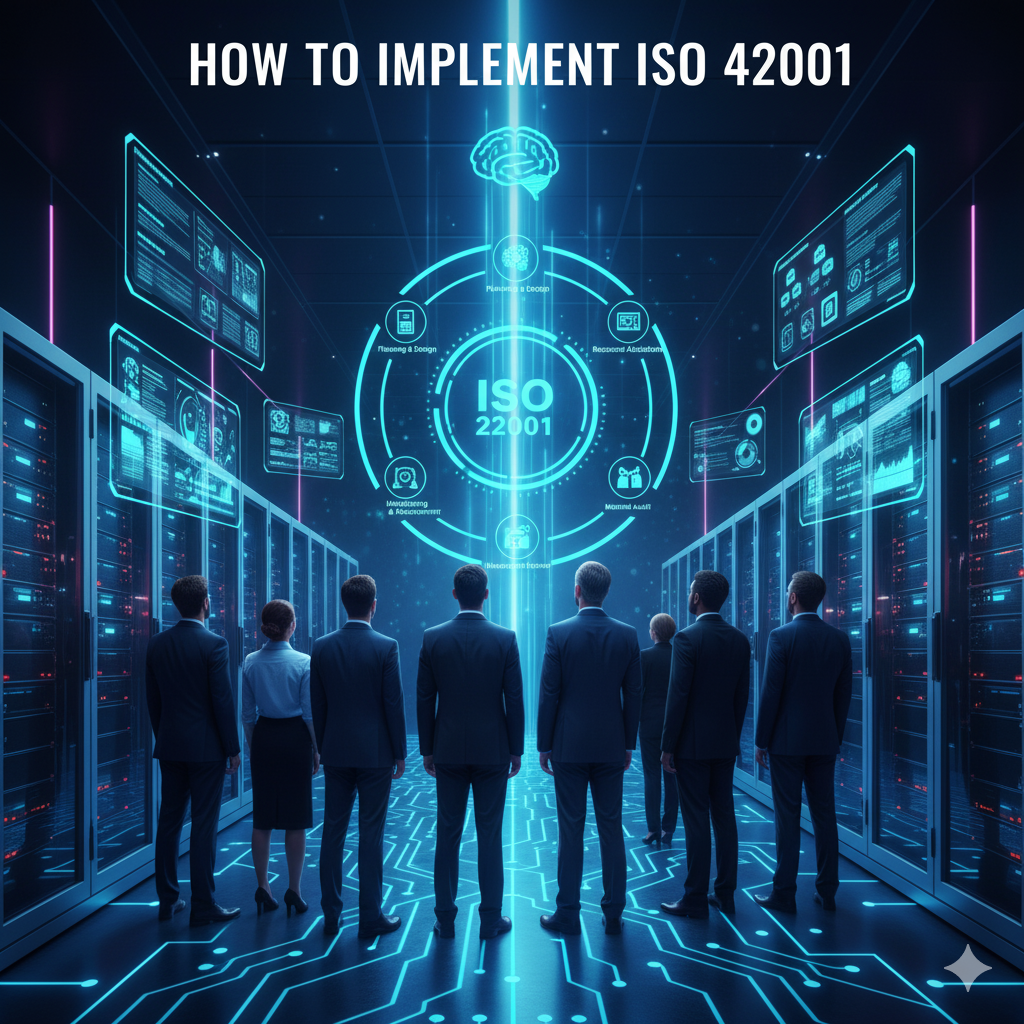Artificial intelligence integration into workplaces represents a fundamental shift in how organizations operate and how employees perform their roles, creating new opportunities while requiring significant adaptation across industries.
The speed of workplace transformation through AI has accelerated dramatically since 2022. Current research shows that 92 percent of companies plan to increase their AI investments over the next three years, though only 1 percent of leaders consider their organizations mature in AI deployment. The technology processes vast amounts of information to identify business opportunities while handling time-consuming tasks like data analysis faster than humans can perform these functions.

Rather than simply eliminating jobs, AI creates a complex dynamic where human workers focus on higher-value activities. Workers spend less time on routine implementation tasks and more time on business objectives and creative direction. The World Economic Forum projects that while AI might eliminate 85 million jobs globally, new technologies could create 97 million new positions.
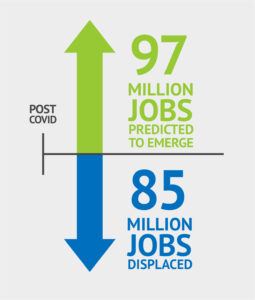
What AI Workplace Transformation Means
AI in the workplace refers to computer systems that perform tasks typically requiring human intelligence, such as recognizing patterns, making decisions, and understanding language. This transformation happens through two main approaches: automation replaces repetitive tasks, while augmentation enhances human decision-making with better information and insights.
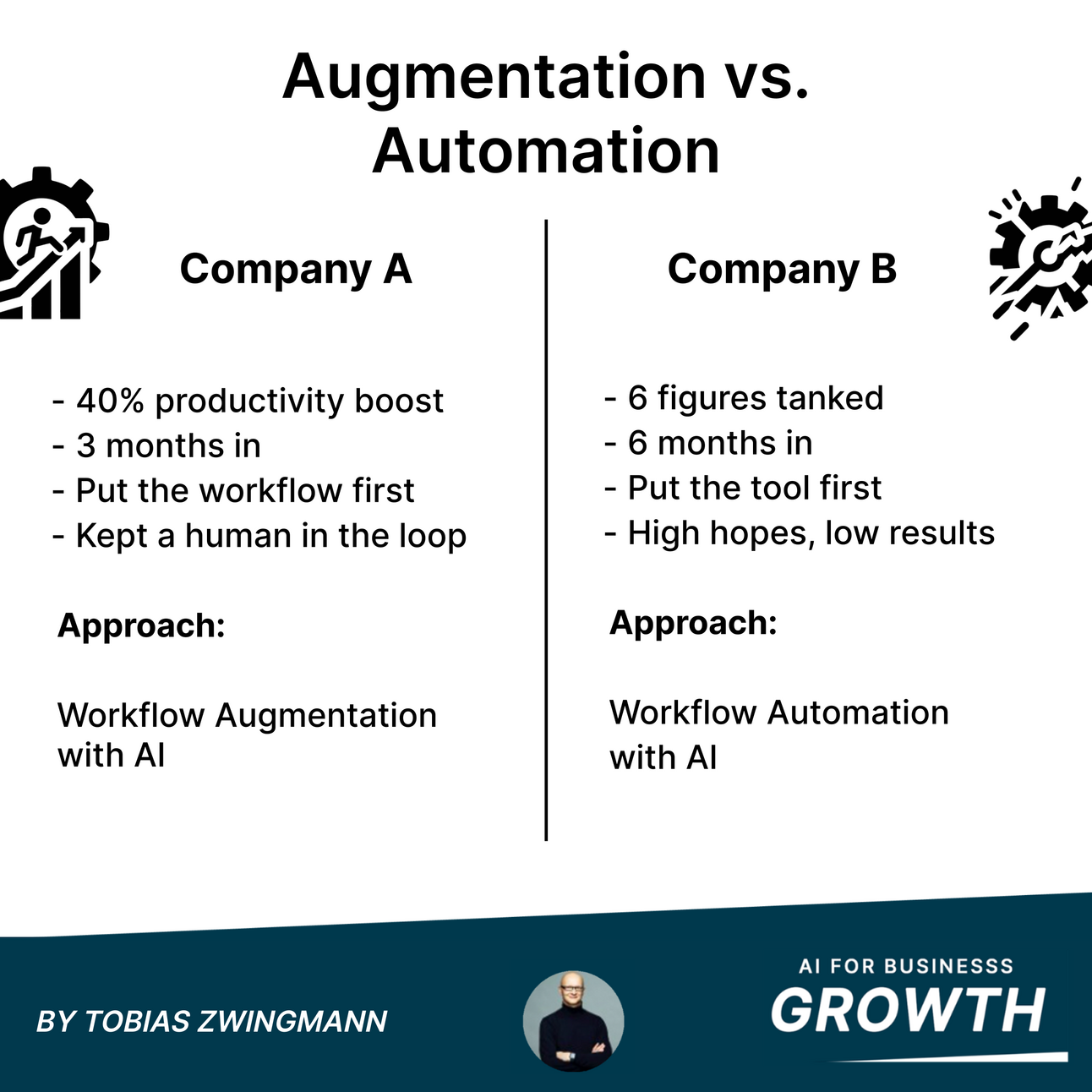
Organizations typically start with specific applications like automated data processing, chatbots for customer inquiries, and document analysis before expanding to broader business functions. Common early uses include analyzing large datasets to identify trends, automating email responses and scheduling, and processing invoices or forms.
The competitive advantage comes from faster response times and more efficient operations. Early adopters gain benefits in processing speed, cost reduction, and the ability to handle larger volumes of work without proportional increases in staffing.
How AI Changes Employment and Creates Opportunities
The relationship between AI and employment involves both job displacement and job creation. Research shows that AI-exposed industries experience faster revenue growth and higher wages for workers with AI skills, indicating that technology creates value alongside workforce changes.
Early-career workers in certain roles experience more disruption, while experienced workers often see enhanced capabilities and opportunities. This variation reflects AI’s current limitations and the continued importance of human judgment, creativity, and interpersonal skills.
Jobs at Risk for AI Automation
AI automation primarily targets roles involving routine, repetitive tasks that follow predictable patterns. These positions require minimal creative problem-solving or complex human interaction.
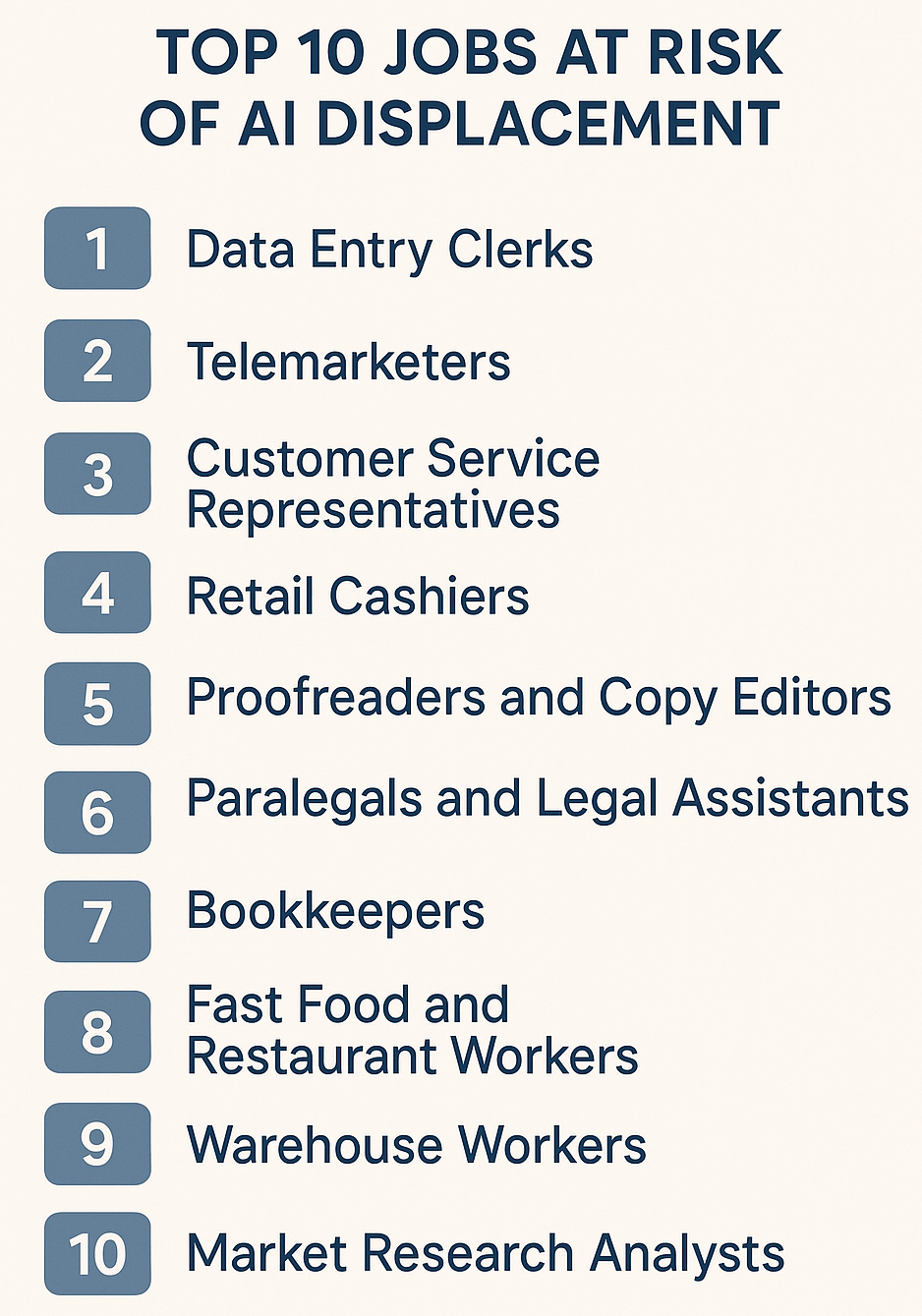
Jobs facing automation risk include:
- Data entry clerks — Processing and inputting information into systems
- Basic customer service representatives — Handling simple inquiries with standard responses
- Bookkeeping clerks — Recording routine financial transactions
- Assembly line workers — Performing repetitive manufacturing tasks
- File clerks — Organizing and maintaining paper and digital records
The automation of these roles typically occurs gradually as organizations implement AI systems and redesign workflows. Many positions may evolve rather than disappear completely, with workers taking on more complex responsibilities while AI handles routine elements.
New Career Paths AI Creates
AI implementation generates new job categories that require human oversight, creativity, and specialized knowledge. These roles emerge from the need to develop, maintain, and work alongside AI systems.
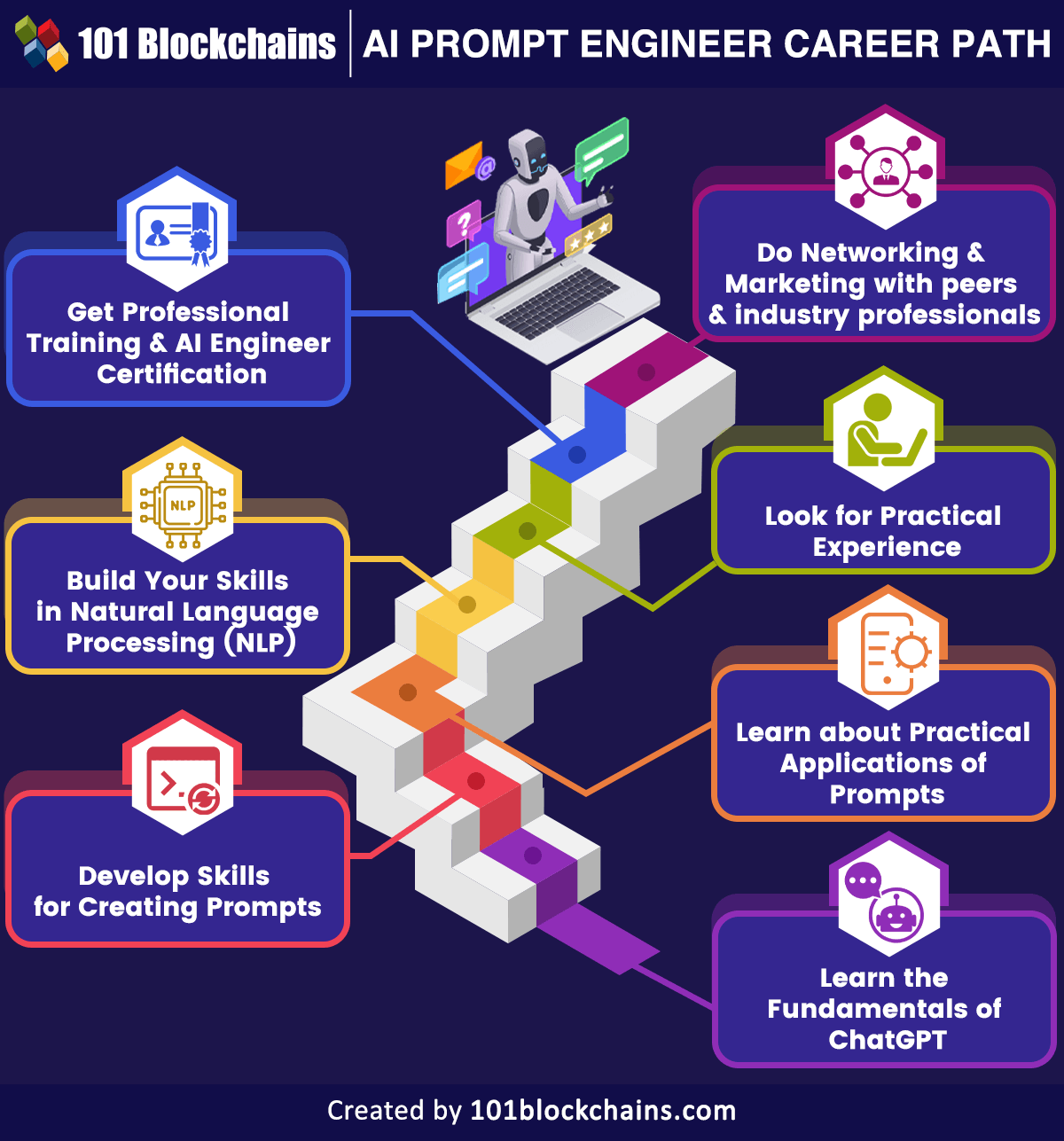
New AI-related careers include:
- AI prompt engineers — Designing effective instructions for AI systems
- AI training specialists — Teaching AI systems using data and feedback
- Human-AI collaboration coordinators — Optimizing workflows between people and AI
- AI ethics officers — Ensuring AI systems operate fairly and responsibly
- AI quality assurance analysts — Testing and validating AI system outputs
These positions require combinations of technical understanding, domain expertise, and human skills that complement AI capabilities rather than compete with them.
Timeline for Workforce Changes
Workforce transformation through AI occurs at different speeds across industries based on technical complexity, regulatory requirements, and organizational readiness.

Healthcare and education experience slower AI integration due to regulatory oversight and the critical nature of human judgment. AI serves as a support tool for professionals rather than a replacement, focusing on data analysis and administrative efficiency.
Information technology and financial services see faster AI adoption, particularly in software development, data analysis, and routine transaction processing. These industries already operate with digital infrastructure that facilitates AI integration.
Essential Skills for AI-Powered Work

The workplace changes rapidly as AI becomes part of daily work routines. Workers across all industries face the reality that 70 percent of required skills will change over the next five years. Technical skills now become outdated in less than five years, compared to longer periods in previous decades.
Critical thinking and adaptability emerge as foundational skills for navigating this transition. Workers evaluate AI outputs, understand limitations, and make informed decisions about when and how to use AI tools effectively.
Technical Skills for AI Collaboration
AI literacy forms the foundation for effective human-AI collaboration. Workers learn to understand how AI systems operate, what inputs they require, and how to interpret their outputs accurately. This includes designing effective prompts that generate useful results and recognizing when AI responses are incomplete or potentially inaccurate.
Data interpretation skills become essential as AI systems process vast amounts of information and present findings to human workers. Workers evaluate data quality, understand statistical concepts, and identify patterns or anomalies in AI-generated reports.
Understanding AI limitations prevents overreliance on automated systems. Workers learn to recognize situations where human judgment remains necessary, identify potential biases in AI outputs, and know when to seek human verification of AI-generated recommendations.
Human Capabilities That Remain Irreplaceable
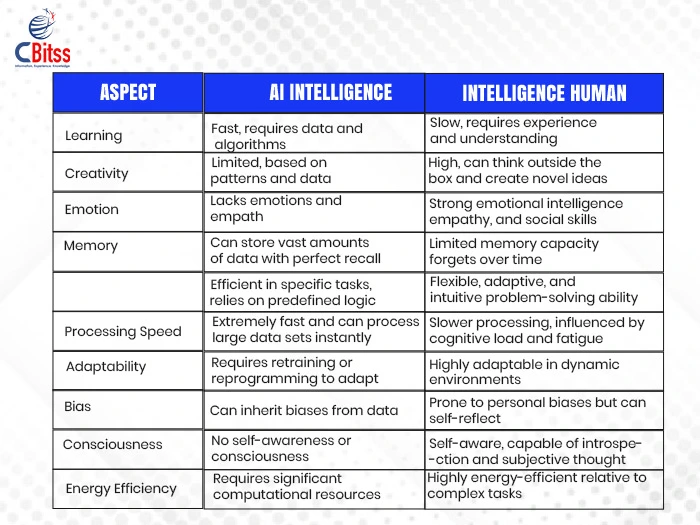
Research shows that distinctly human capabilities account for the majority of skills needed in growing occupations. These abilities can’t be replicated by current AI systems and become more valuable as AI handles routine cognitive tasks.
Key irreplaceable human capabilities include:
- Emotional intelligence — Understanding and responding to human emotions, building trust, and navigating complex interpersonal situations
- Creative problem-solving — Generating novel solutions and combining ideas in unexpected ways
- Complex decision-making — Weighing multiple factors and making judgment calls in ambiguous situations
- Strategic thinking — Understanding broader business context and anticipating future trends
- Leadership and mentoring — Inspiring others and developing team capabilities
Social skills including negotiation, teaching, and communication show increasing importance as AI automates technical analysis. Workers who combine technical AI literacy with strong interpersonal abilities position themselves for career advancement.
Learning Strategies for Career Resilience
Personalized training programs address individual skill gaps and career goals rather than applying universal approaches. Workers assess their current capabilities, identify areas for improvement, and create learning plans that align with their industry’s AI adoption patterns.
Skills-based hiring preparation focuses on demonstrating competencies rather than traditional credentials. Workers build portfolios showcasing their ability to collaborate with AI systems, interpret complex data, and solve problems creatively.
Work-based learning opportunities provide practical experience with AI tools in real workplace settings. These programs combine theoretical knowledge with hands-on practice while contributing to organizational goals.
Industries Leading AI Innovation
Different industries implement human-AI collaboration in unique ways that reflect their specific challenges and opportunities. The transformation varies significantly based on task complexity, regulatory requirements, and the degree of human interaction required.
Healthcare AI Integration

Healthcare organizations use AI to enhance diagnostic accuracy and treatment personalization while maintaining physician oversight for patient care decisions. AI systems analyze medical imaging data to identify patterns that might indicate conditions like cancer or fractures, providing additional insights to support medical interpretations.
Treatment personalization occurs when AI analyzes patient data including genetics, medical history, and current symptoms to suggest potential treatment options. Physicians review these recommendations and apply their clinical expertise to make final treatment decisions.
Administrative automation handles routine tasks like appointment scheduling, insurance verification, and medical record updates while healthcare staff focus on direct patient care and complex medical decision-making.
Financial Services Transformation
Financial institutions implement AI for fraud detection by analyzing transaction patterns and identifying unusual activity. These systems flag suspicious transactions for human review, allowing security specialists to investigate potential threats while routine transactions process automatically.
Personalized financial advice emerges from AI analysis of customer spending patterns, investment goals, and market conditions. Financial advisors use these insights to have more informed conversations with clients about investment strategies.
Risk assessment automation evaluates loan applications using historical data and predictive models. Human underwriters review AI recommendations, applying their experience to consider factors that algorithms might not capture.
Manufacturing and Human-AI Teams
Predictive maintenance systems use sensor data and machine learning to predict when equipment might fail. Maintenance teams receive these predictions and use their expertise to plan maintenance schedules and coordinate repairs before breakdowns occur.
Quality control processes combine computer vision systems with human inspection to identify defects in manufactured products. AI systems scan products for visible flaws while quality control specialists verify findings and make decisions about products in gray areas.
Building Effective Human-AI Collaboration
Human-AI collaboration represents a partnership where people and AI systems work together to accomplish tasks. This approach focuses on combining human strengths with AI capabilities rather than using AI to replace human workers entirely.
Effective collaboration requires understanding what each partner does best. Humans provide context, judgment, and strategic thinking, while AI systems excel at processing large amounts of data and recognizing patterns.
Optimal Task Distribution

The most effective partnerships distribute tasks based on complementary strengths. AI systems handle data processing, pattern recognition, and routine execution, while humans manage strategy, relationships, and decision-making that requires context and judgment.
Research indicates that individual tasks get broken down into components that can be allocated optimally between human workers and AI systems. This distribution allows humans to focus on activities requiring creativity and interpersonal skills while AI handles time-consuming data analysis.
Workers using AI typically spend less time creating content from scratch and more time reviewing, refining, and directing AI-generated outputs. This shift changes the fundamental skills required for many roles, emphasizing critical evaluation and contextual understanding.
Maintaining Human Authority
Human decision-making authority remains central to effective AI collaboration. Humans retain responsibility for strategic decisions, ethical considerations, and final approval of important outcomes.
Oversight responsibilities include monitoring AI system performance, validating outputs, and intervening when AI recommendations conflict with business objectives. Human supervisors understand AI capabilities and limitations to provide effective oversight.
Final approval processes establish checkpoints where humans review and authorize AI-generated decisions before implementation. These processes vary based on the importance and risk level of different decisions.
Overcoming Implementation Challenges
Organizations implementing AI face obstacles that can derail successful integration. The gap between AI aspirations and actual implementation stems from predictable challenges around employee acceptance, skills preparation, and responsible deployment practices.
Building Employee Trust
Employee resistance to AI stems from legitimate concerns about job security and workplace changes. Research reveals that 95 percent of workers see value in AI collaboration, but they don’t trust organizations to ensure positive outcomes.
Transparent communication reduces resistance by addressing specific fears rather than dismissing them. Leaders who explain exactly how AI will change daily tasks and what roles remain human-centered see higher acceptance rates.
Demonstrating AI as an augmentation tool requires showing how AI handles routine tasks while humans focus on judgment, creativity, and relationship management. Workers who see AI enhancing their capabilities report higher job satisfaction.
Addressing Skills Gaps
Skills assessment reveals the specific capabilities organizations need for successful AI integration. While technical skills represent 27 percent of in-demand capabilities, foundational skills like mathematics, social skills including communication, and thinking skills comprise the majority.
Targeted learning programs focus on developing skills that complement AI rather than compete with it. Workers learn to design effective prompts, interpret AI outputs, and understand when to override AI recommendations.
Ongoing education initiatives recognize that AI capabilities evolve rapidly, requiring continuous skill updates. Organizations that treat AI literacy as a core competency create more adaptable workforces.
Ensuring Ethical Deployment
Bias prevention requires examining training data and AI outputs for discriminatory patterns. Organizations implement testing procedures to identify when AI systems produce unfair results for different demographic groups.
Data privacy protection involves controlling how AI systems access, process, and store sensitive information. Organizations establish clear boundaries around what data AI can use and implement technical safeguards.
Governance frameworks provide structure for responsible AI use. These frameworks define who oversees AI systems, how decisions get made about AI deployment, and what processes exist for addressing problems.
Strategic Planning for AI Integration
Strategic planning for AI workforce integration requires organizations to approach transformation systematically. Effective integration begins with comprehensive assessment of current capabilities and future requirements.
Organizations evaluate existing workflows to identify where AI can augment human capabilities rather than simply replacing workers. The most successful implementations focus on human-AI collaboration models that leverage complementary strengths.
Skills development represents a central component of strategic AI integration. Organizations design training programs that emphasize AI literacy as a core competency while developing distinctly human capabilities including emotional intelligence and complex problem-solving.
Change management strategies address trust deficits and cultural resistance that create barriers to successful implementation. Successful organizations prioritize transparent communication, worker involvement in system design, and demonstrated commitment to positive outcomes.
For organizations looking to implement AI agents in customer service or explore AI’s impact on customer experience, understanding workforce transformation becomes essential for successful deployment.
Frequently Asked Questions About AI Workplace Transformation
Which specific jobs will AI eliminate in the next five years?
AI primarily targets roles involving routine, predictable tasks like data entry clerks, basic customer service representatives handling simple inquiries, and bookkeeping clerks recording routine transactions. File clerks organizing records and assembly line workers performing repetitive tasks also face higher automation risk. However, many of these positions may evolve rather than disappear completely, with workers taking on more complex responsibilities.
How long does it take to train employees for AI collaboration?

Employee training for AI collaboration typically takes three to six months for basic competency, depending on the complexity of AI tools and existing skill levels. Organizations often start with pilot programs lasting several weeks before expanding to comprehensive training. Workers need ongoing education as AI capabilities evolve, with most organizations treating AI literacy as a continuous learning requirement rather than a one-time training event.
What’s the difference between AI automation and AI augmentation?
AI automation replaces human tasks entirely, like computer systems processing invoices or sorting data without human intervention. AI augmentation enhances human capabilities by providing better information and insights while humans maintain decision-making authority. For example, AI might analyze customer data and suggest recommendations, but human sales representatives use their judgment to decide which approach works best for each client.
How can small businesses afford AI workforce training?
Small businesses can access AI workforce training through community college programs, industry partnerships, and online learning platforms that offer affordable options. Many training providers offer modular programs allowing businesses to train employees gradually. Government workforce development programs and industry associations often provide grants or subsidized training specifically for small businesses implementing new technologies.

